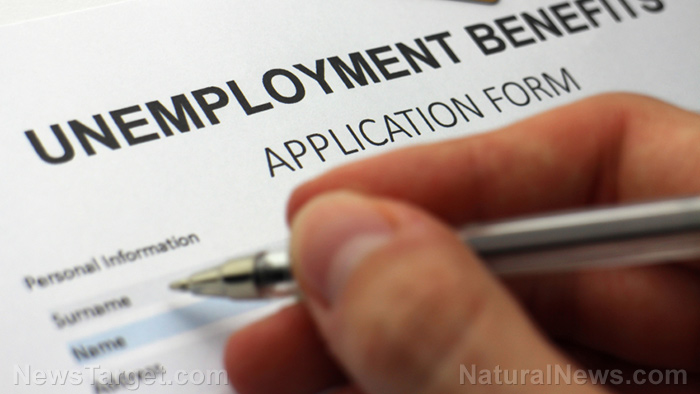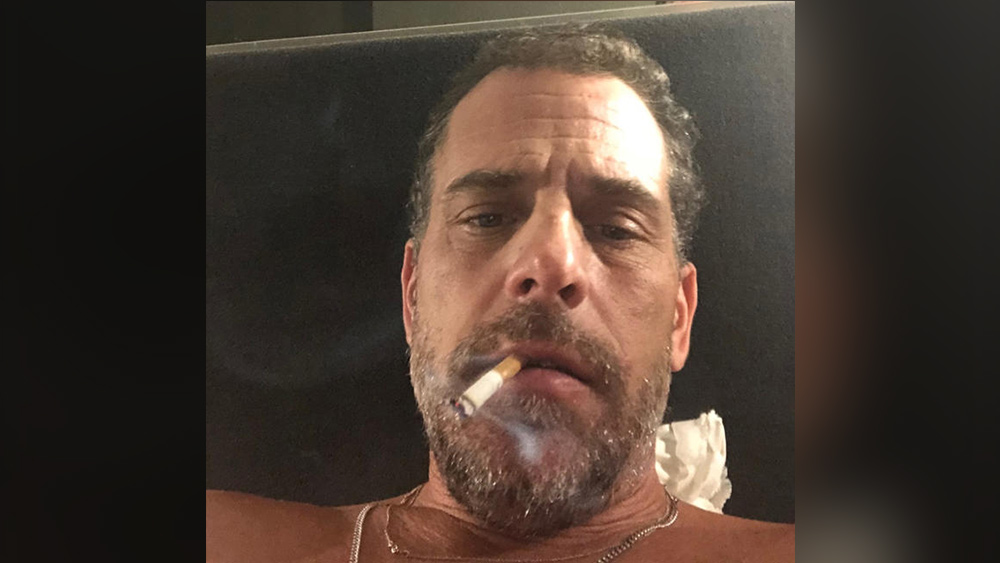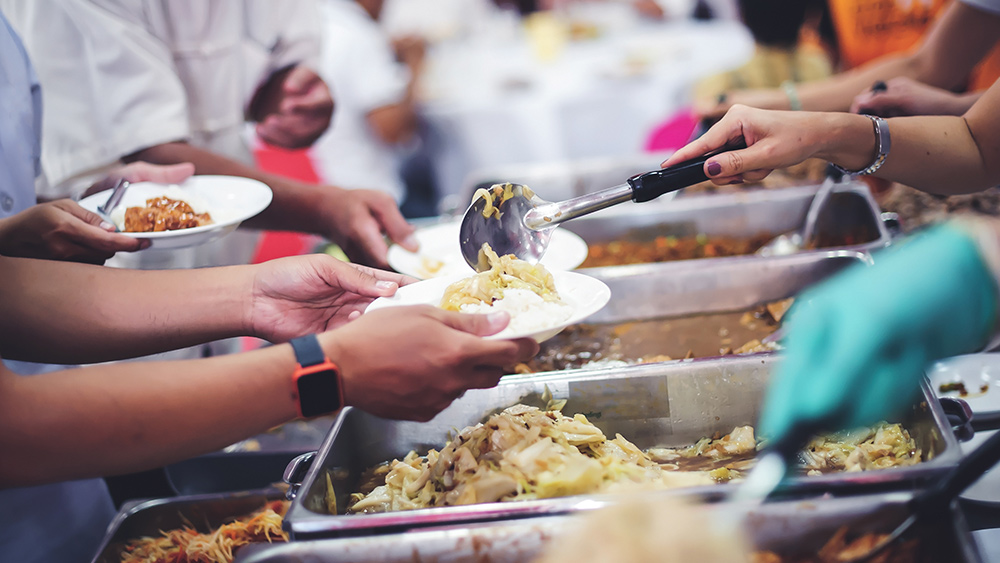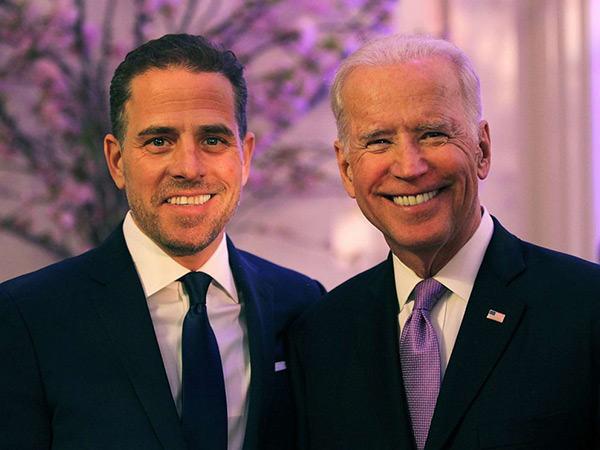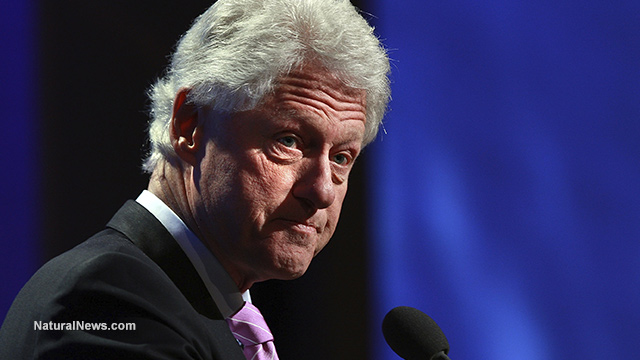 Parler
Parler Gab
Gab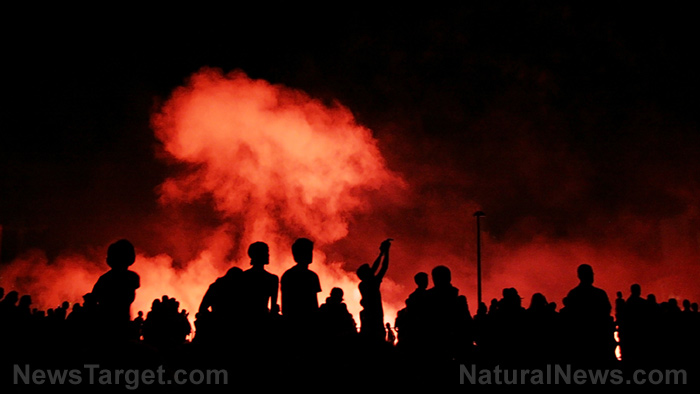
Negotiations failed as protesters demand more economic concessions from the government
Panamanian President Laurentino Cortizo unsuccessfully tried to reach an agreement with the protest groups leading the largest demonstrations. He announced measures to cut fuel costs and put a cap on the price of basic food items. "One of the problems now hitting Panamanians and the world is rising fuel prices and the consequences," said Cortizo. "For that reason, I set up talks to address high fuel costs directly impacting the cost of staple foods, with the objective of finding concrete and feasible solutions." Cortizo's administration agreed to reduce gas prices from the initial concession of $3.95 per gallon to $3.25 per gallon, over a third less than the $5.2 per gallon price in June before the massive protests began. But this was not enough to appease the protesters, who maintained existing roadblocks and erected new ones after the negotiations broke down. "The situation is critical," said Humberto Montero, a member of one of the teachers' unions that has led the protests. Apart from more economic concessions, the demonstrators are also demanding actions to rein in corruption and public spending. Learn more about protests against government inaction worldwide at Uprising.news. Watch this clip showing thousands of protesters marching through a busy street in Panama. This video is from the Secure Life channel on Brighteon.com.More related stories:
WATCH: Sri Lanka completely collapses as tens of thousands storm presidential palace amid swirling revolution. Tensions escalate as Dutch farmers protest after police discharged firearms over "threatening situation." European farmers protest spread to Poland and Italy in huge backlash against the globalists' depopulation and starvation schemes. Food and fuel shortages, price spikes continue to get worse in protest-hit Ecuador. Peru's leftist government calls in military, imposes curfew to crack down on inflation protests. Sources include: ABCNews.go.com AlJazeera.com Reuters.com Brighteon.comGermany bails out its top importer of natural gas in $15bn rescue deal
By Cassie B. // Share
Initial unemployment claims remain high as recession fears affect labor market
By Arsenio Toledo // Share
Bombshell: Whistleblowers reveal unbelievable corruption in FBI to protect Biden family
By News Editors // Share
Elitists’ goal: Wipe out good food
By News Editors // Share
“I’ve delivered”: New disclosures demolish President Biden’s denials on Hunter dealings
By News Editors // Share
Bill Clinton sets the record straight on definition of recession
By News Editors // Share
Governments continue to obscure COVID-19 vaccine data amid rising concerns over excess deaths
By patricklewis // Share
Tech giant Microsoft backs EXTINCTION with its support of carbon capture programs
By ramontomeydw // Share
Germany to resume arms exports to Israel despite repeated ceasefire violations
By isabelle // Share

